
History, Dates and Facts about "The Wall":

Reporter: I understand your question in that way, that there are people in West Germany, who wish to mobilize all building workers of the capital Berlin to establish a wall?
Walter Ulbricht: I haven't received any notice that there is the intention to execute works. Our building workers in Berlin are involved in building flats and streets. There is plenty of work. Nobody wants to establish a "Wall"!
Ulbricht was the first person who used the word "Wall" - in fact two months later people started working on it.

In 1961, the wave of people trying to escape to the former Federal Republic Germany increased dramatically. Due to this exodus, the DDR government decided to annex the Soviet sector from the others. In the morning of 13th August 1961 hundreds of policemen and soldiers of the DDR started to cordon the eastern part of Berlin from West Berlin. First of all they took barbwire but in the next days it was replaced by a wall out of stone. Citizens who lived near the "new border" had to leave their flats and houses. Windows and doors in the western direction were walled up.
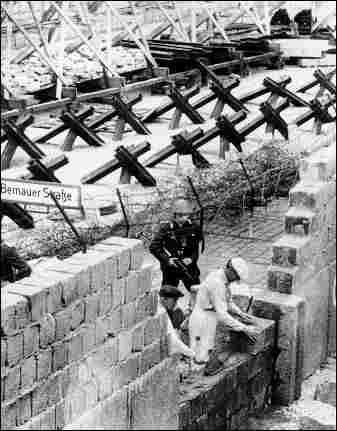
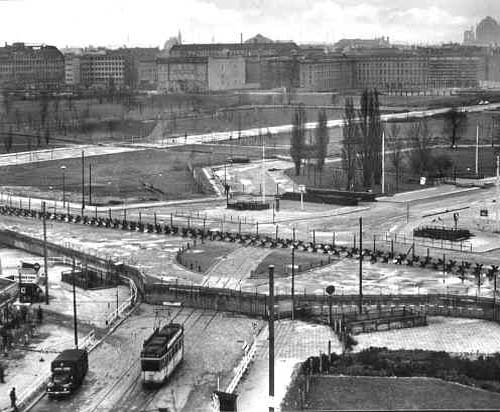
Between 13th August 1961 to the end of 1962 around 14300 people escaped risking their lives. In 1964 there were 3155 and in 1974 there were only 969 refugees. In 1985 just only 160 people reached the other part of Germany alive.
|
to 1960 |
from 1961 |
Total |
|
|
Death toll |
159 |
262 |
421 |
|
Inner-City border Berlin |
11 |
79 |
90 |
|
Circlet Berlin |
19 |
43 |
62 |
|
Inner-German border |
116 |
132 |
248 |
|
Baltic Sea |
8 |
- |
8 |
|
Other borders (CSSR/Polen) |
5 |
8 |
13 |
|
Total |
159 |
262 |
421 |
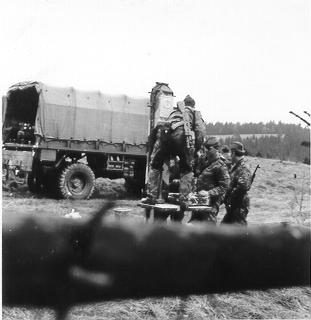
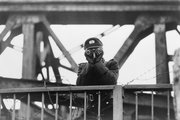
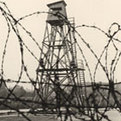
As time passed, the "Wall" became an invincible system for all people living within the DDR. These people prayed for freedom, like those within Western Europe enjoyed. To prevent this the following materials were used:
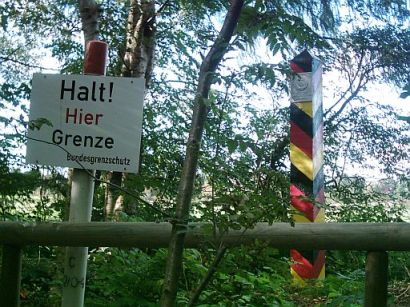
|
Concrete Slabs |
|
Metal grid fences |
|
Walls from buildings |
|
Observation towers |
|
Dugouts |
|
Dog objects |
|
Vehicle-Ditches |
|
Contact- & signal fences |
|
Concrete barriers |
|
Self-Fire-Machines |
|
Mine fields |
|
Light barriers |
DDR Shepherd Dogs at the Inner-German Border:
Many visitors ask me if I know stories of DDR Shepherd Dogs at the "Wall". Honestly I do not know why people want to get all the information about this topic. Probably because there are many rumors and prejudices spread regarding shepherd dogs out of DDR bloodlines.
In 1974 and 1975 I was member in the army of the DDR called (NVA). I was soldier at the border and had to pass my basic military service. Now I will try to explain the circumstances at the border for my sector "Salzwedel", which I was allocated to.
I know the following rumors:
- Shepherd dogs got no fodder and no veterinary help
- Shepherd dogs were really angry and aggressive (so called ogres)
- Shepherd dogs were used to hunt refugees
My daily task was it to supervise and to look after about 80 shepherd dogs, which were located there to support guarding the border at all. They were either chained on a kind of ropeways or they were set in a vivarium. Furthermore we had a special "Shepherd Dog Mob" for serious cases at the "Wall". They were well-trained and they should prevent "Border Violators" reaching the west. The "Shepherd Dog Mob" contained of 4 females and 1 male.
These 5 animals were impressively good in protection work. They had to bite on full protection clothing for example. On the other hand there were other dogs only trained in tracking refugees. Especially scout soldiers looked after those.
If a "Code Red" occurred and an escapee was suspected near the border, we as soldiers were instructed to trawl the whole area. Through schooling them with special pipes we coordinated the dogs during our operations with signals.
Basically the majority of dogs were not trained, not even titled. Predominantly the animals were either tame or they had no strong nerves. When they heard a kind of noise they started barking. In addition we also had shepherd dogs which could not be used for breeding because they either had some anatomical failings like problems with their teeth, testicular problems or they were just too large.
In the first place the dogs should discourage all people who tried to pass the "Wall". As I said there were lots of dogs at the border and because of their multitude the aim of the DDR government was achieved. Just fear and fright.
Nevertheless if a shepherd dog was barking at the border, soldiers had to follow commands and they had to control the area around the barking dog. Unfortunately for them the soldiers often had to make these checks without ever finding anyone.
.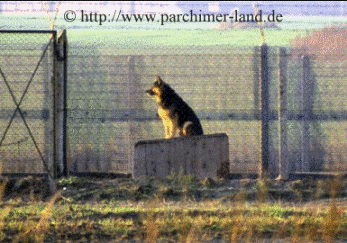
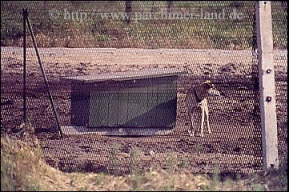
The veterinary supply was really flawless during my time at the "Wall". The dogs were vaccinated, vetted and when they got ill they were groomed until they could stay outside again. Meanwhile there were other dogs that replaced them. Of course they got fresh meat, dry fodder or paunch.
As well, I heard that the "Wall Shepherds" were fed with blood to make them more and more aggressive. Well, I guess those people have good imaginations or they watched a hell of a lot of horror movies!
Obviously there were also mad, aggressive and vicious dogs, which were incalculable and hard to train. Even so, these shepherds were a rarity. They were kept in areas where people escaped successfully and gained liberty. Today' s border guards and police would not take a pet dog if they had to control a crowd of supporters during an important football match.
During my soldiering time I have never seen any dogs, especially shepherd dogs, used to hunt refugees or something like that. The border sector "Salzwedel" only utilized German Shepherd Dogs. It is highly probable that the ratio within other sectors was different and the army utilized other breeds of dogs.
Now you can ask the justified question: Where did the dogs come from? Well, they were sold by breeders or by private persons. The army tested them, bought them and later they were brought to kennels at the army base. However the army never started breeding with their border dogs.
Finally I hope this gave you a short insight into the life of a soldier who had to pass his basic military service. And hopefully this will dispell many myths about the dogs doing their "jobs" as part of the army NVA.